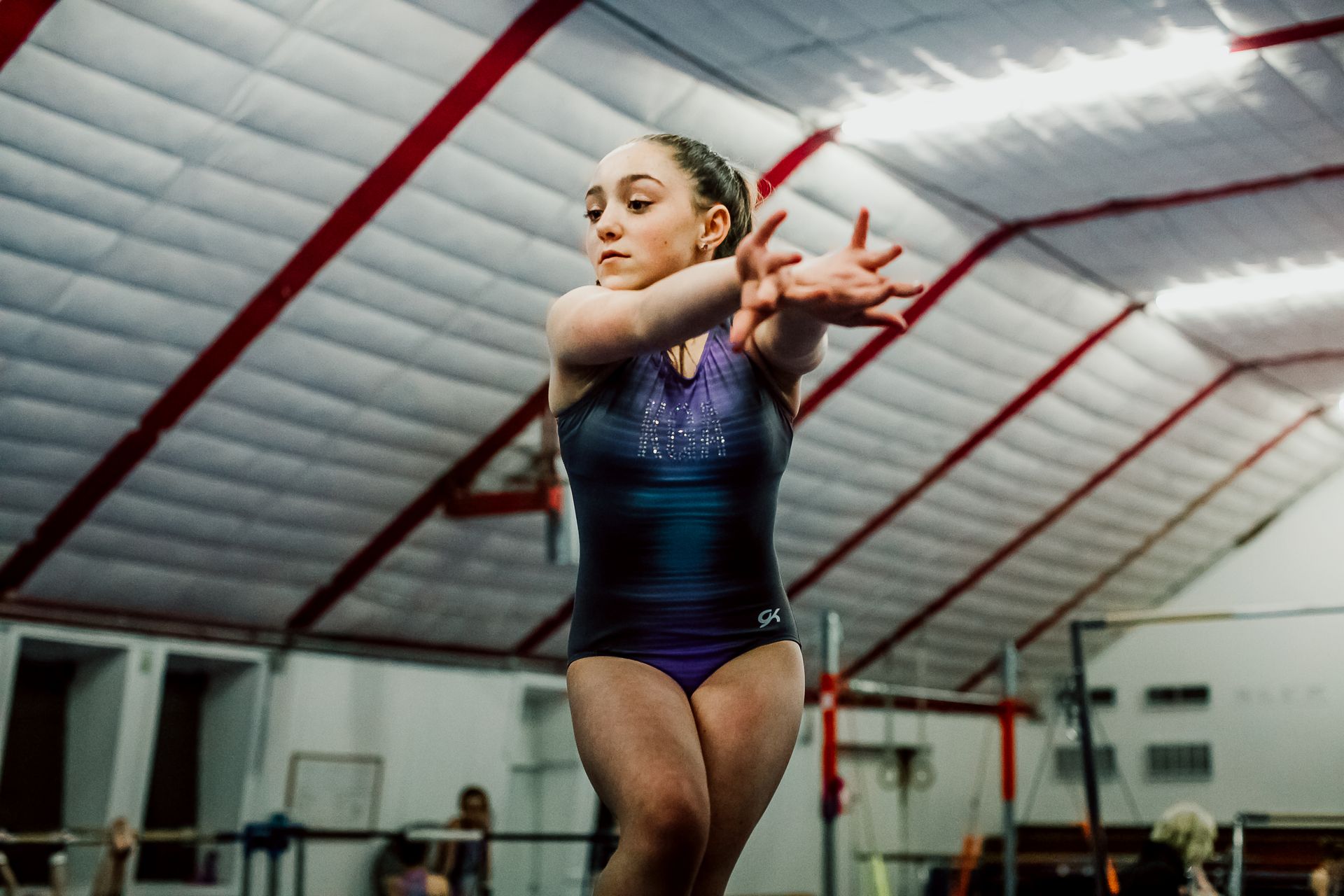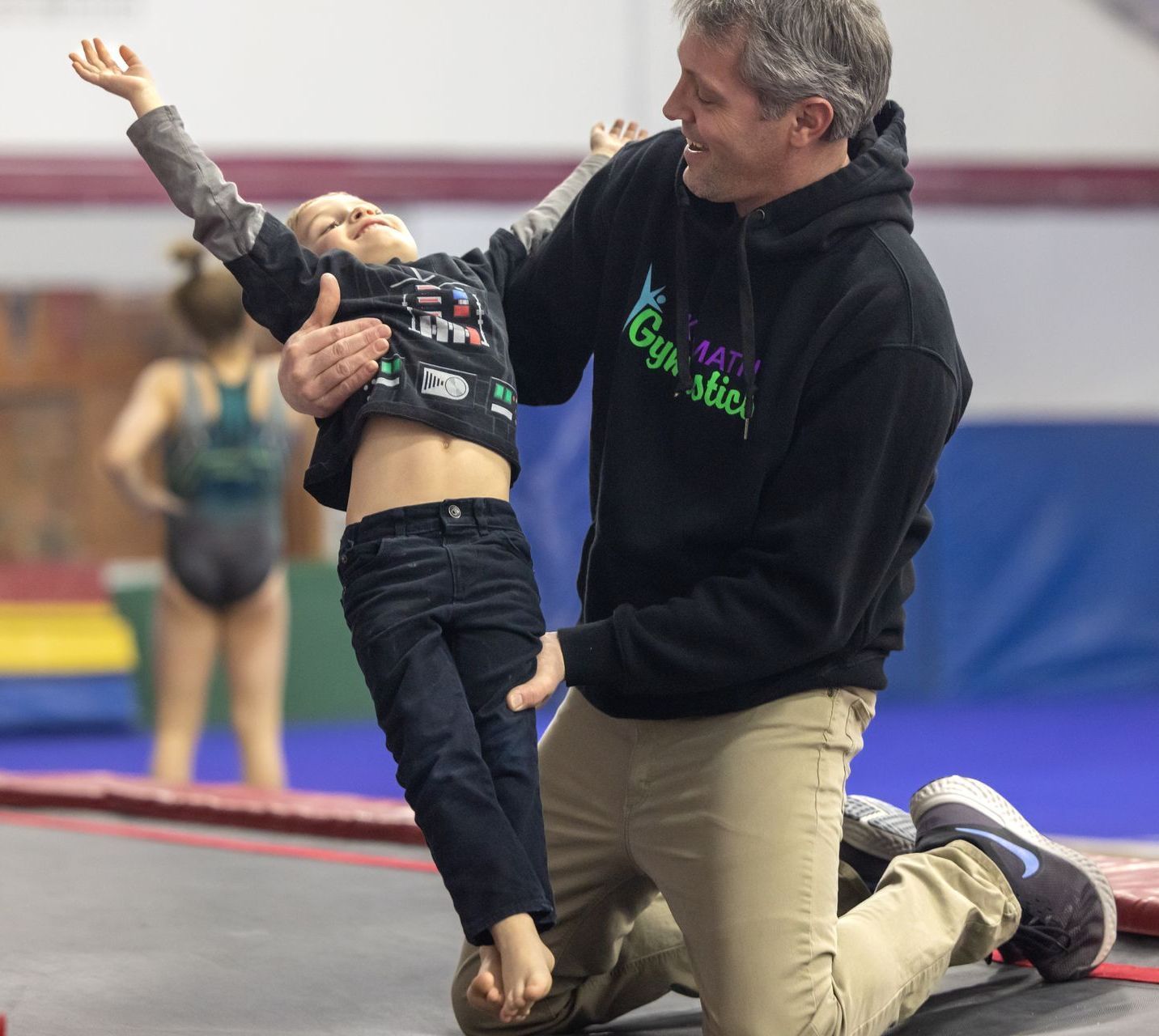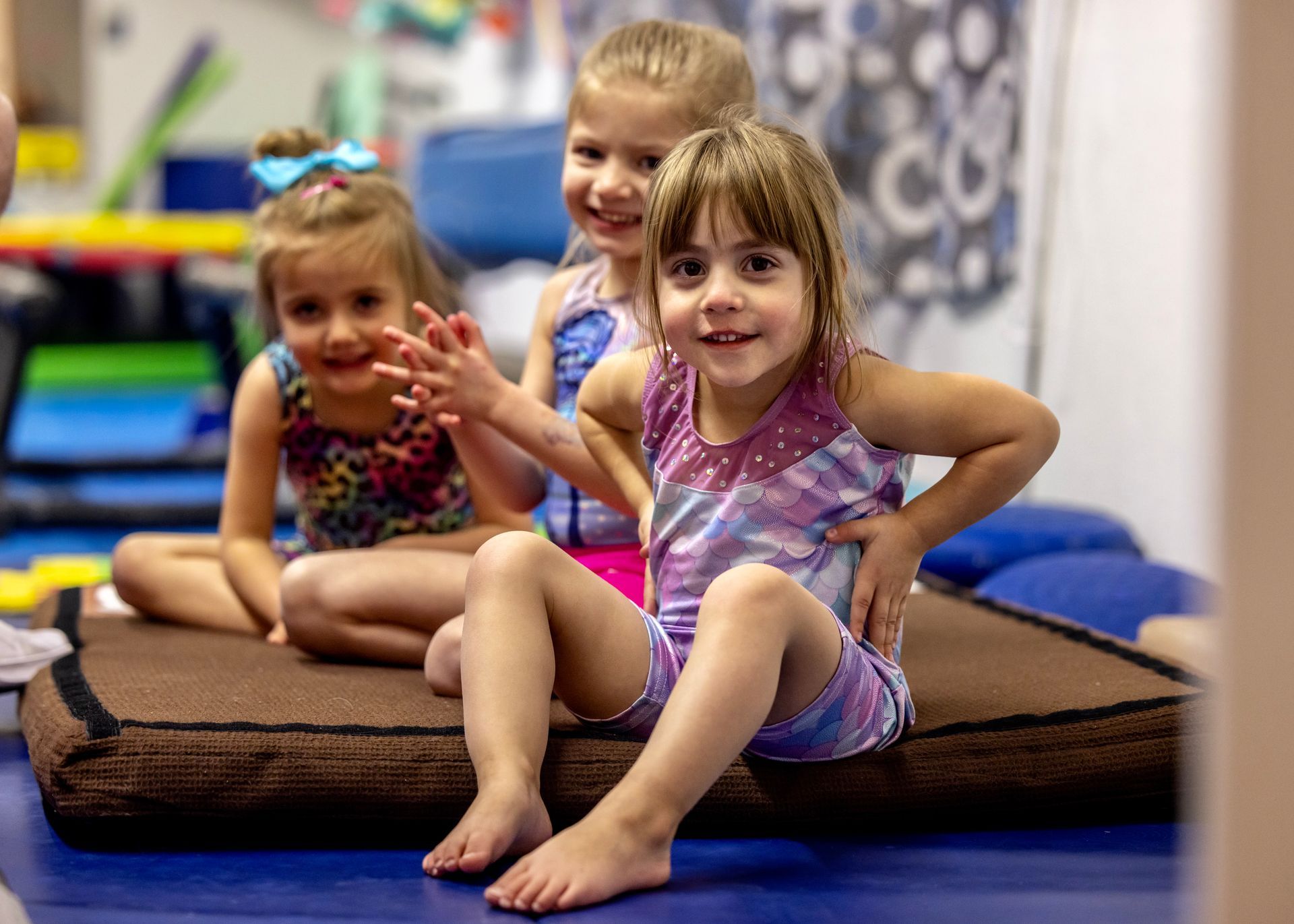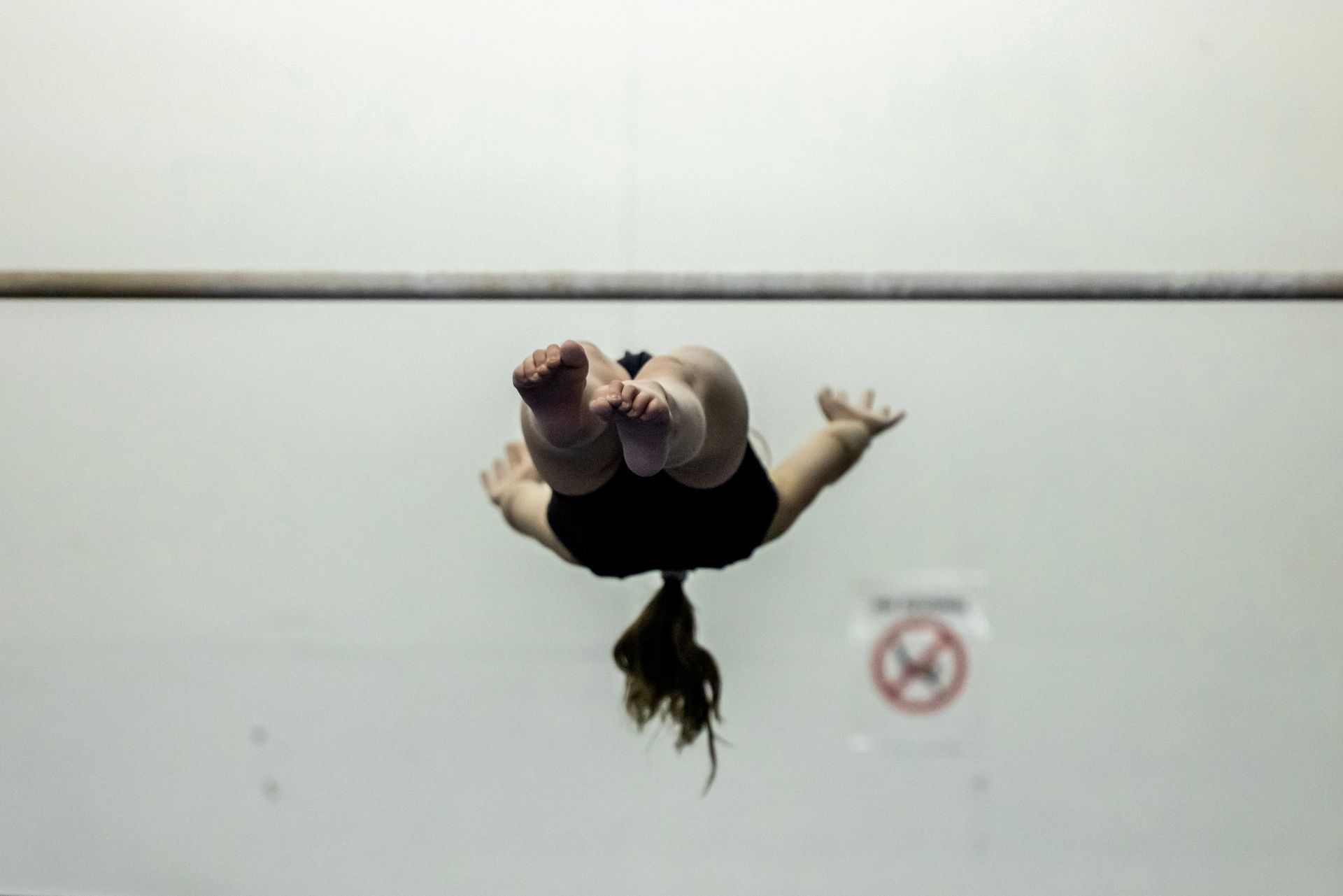Klamath Gymnastics Academy
CHECK OUT OUR NEWS AND EVENTS
OUR
CLASSES
For the most up-to-date information, click on the “Parent Portal” and find “Class Schedule”. Here, you will find the age requirements, pricing, instructors, class times, days, and whether the class has a waitlist.
Most classes are 40 to 50 minutes long. We run classes on Mondays, Tuesdays, Wednesdays, and Thursdays at 4:00, 5:00, & 6:00 pm.
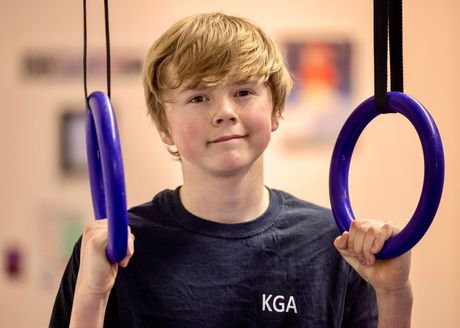
SHOP OUR
GYM WEAR
We offer a variety of gymnastics leotards, t-shirts, and more!
